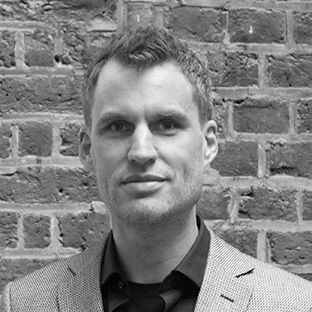The need for change can arise from many sources and scenarios - in our lives, in our communities, in our society.
History tells us that social movements have been the driving force behind many of the biggest social changes and political events in history. From the civil rights movement to the toppling of dictators, there is an overwhelming body of evidence that mass movements are capable of driving change on a national or global scale. But what makes a social movement successful? And can these success factors be translated into a local setting? What could social movements at a smaller, more local scale look like?
Movements for change that secure the provision of autism services in your community, retain a hospital threatened with closure or improve road safety in a village. All of these require energy. Energy to initiate, co-ordinate, champion, act, sustain... The chances are, you're already involved to some extent in activities such as these. Fighting to recruit great teachers to the school of which you're a governor. Trying to secure funding for your sports club. Pushing for sustainability to be embedded in the ethos of your organisation. And countless others like them. How can we learn from social movements in order to successfully secure these changes?
That's what we explore in a new report based on our insights from the Health as a social movement project and some wider thinking on complex systems and the power dynamics between us as individuals, the communities in which we live and integrate, and the hierarchies and institutions that we interact with. How can we liberate and harness energy for change in our communities?
Download Releasing energy for change in our communities (PDF, 530KB)
- Find out more: Health as a Social Movement
pdf 529.2 KB
Contributors

